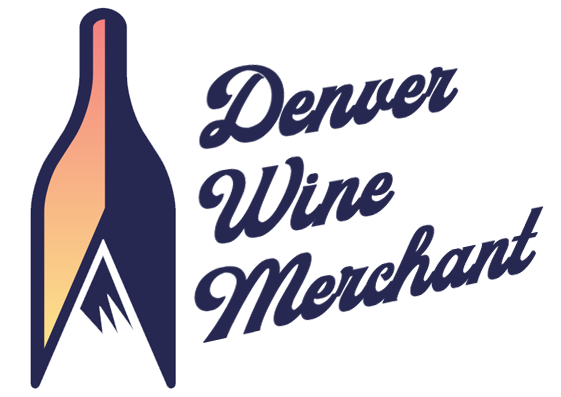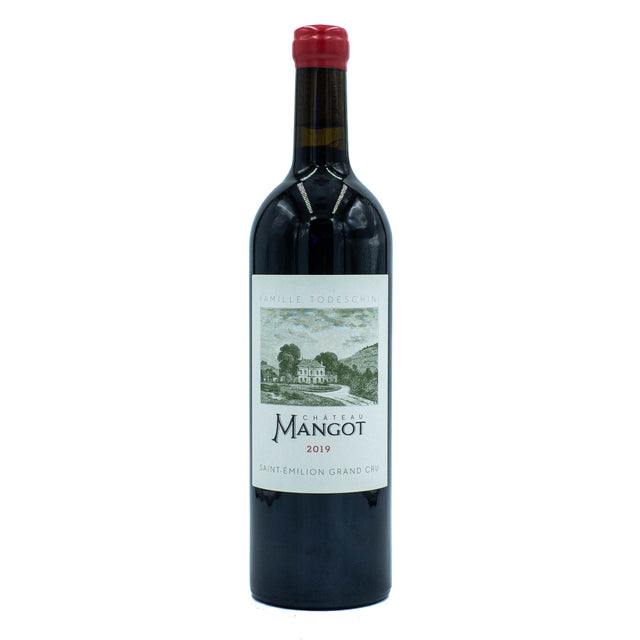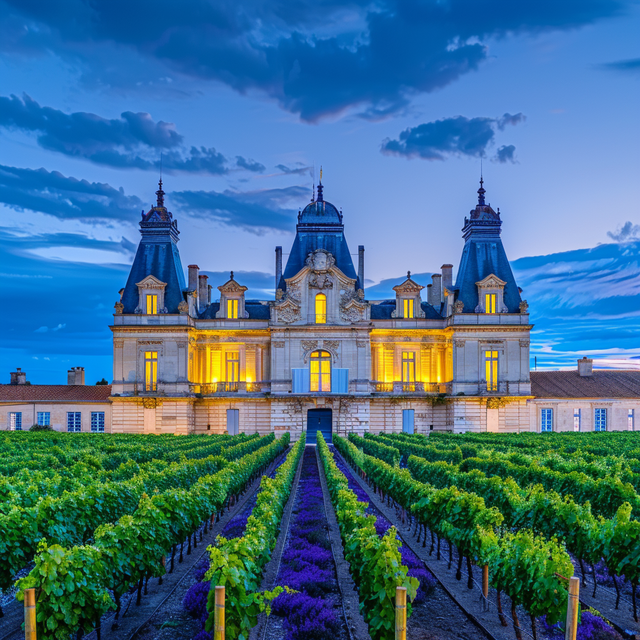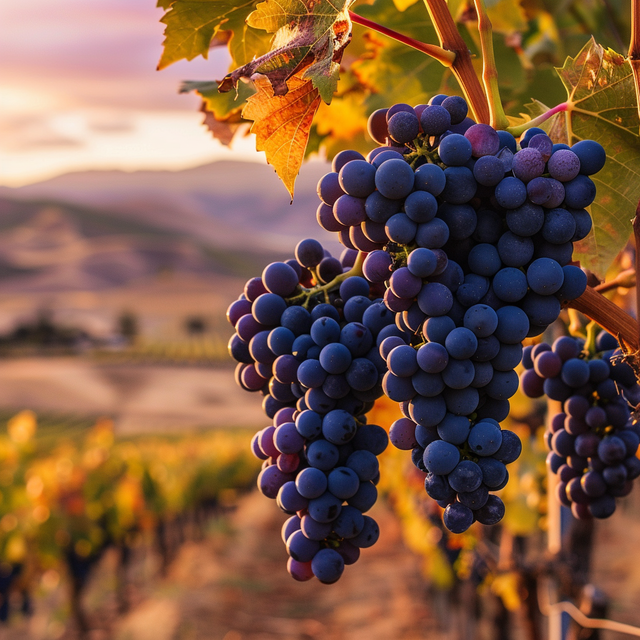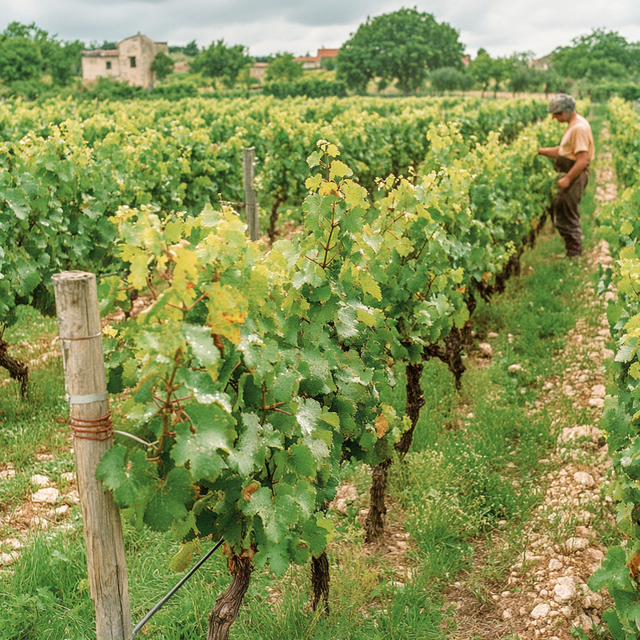The Bordeaux wine region, an emblem of vinicultural prestige, is bisected by the Gironde Estuary into the Left and Right Banks, each celebrated for distinct styles shaped by their unique terroirs. The Left Bank is renowned for its structured, Cabernet Sauvignon-led blends, while the Right Bank favors the softer, Merlot-dominated wines. This region is also the birthplace of the luscious, sweet wines of Sauternes. Bordeaux's time-honored blend and winemaking techniques have inspired countless wine regions around the globe, setting a benchmark for the wine world.
Bordeaux
Cabernet Sauvignon, originally hailing from Bordeaux, France, has triumphantly spread to become a cornerstone of vineyards worldwide, achieving particular renown in Napa Valley. This versatile grape variety adapts to a broad spectrum of climates, producing full-bodied wines that are rich in black cherry and blackcurrant flavors, with layered complexities of oak and spice. The grape's success in regions like Napa Valley is a testament to its global adaptability, where it benefits from the optimal blend of warm days and cool nights, coupled with diverse soil types, to express a unique balance of power and elegance that pays homage to its Bordeaux origins.
Cabernet Sauvignon
Practicing Organic vineyard farming involves growing grapes using organic methods—avoiding synthetic fertilizers, herbicides, pesticides, and fungicides—but without formal certification. Wineries adopting this approach prioritize environmental health, soil vitality, and biodiversity, using natural practices such as composting, cover cropping, and manual pest control. Many small wineries opt for practicing organic methods rather than pursuing official organic certification, primarily due to the significant cost, paperwork, and time commitment involved in certification processes. As a result, practicing organic is a popular choice among boutique and artisanal producers who remain committed to sustainable agriculture while managing budgetary constraints.
